The 24 Hour Project is a humanitarian initiative which connects photographers in cities all around the world, inviting them to join together for 24 hours straight to photograph and document their surroundings. This year the event was being used to raise awareness for an organisation called Shakti Vahini, who have the mission of defending human rights for women in countries without the social progress the first world has (mostly) experienced.
During the 24 Hour Project they gave Fujifilm cameras to girls from Palkot Jharkhand, India, who had never used or held a camera before – I thought this was really wonderful and you can see some of the photographs the girls took over on the instagram I linked above. You can read more about the 24 Hour Project over on their website.
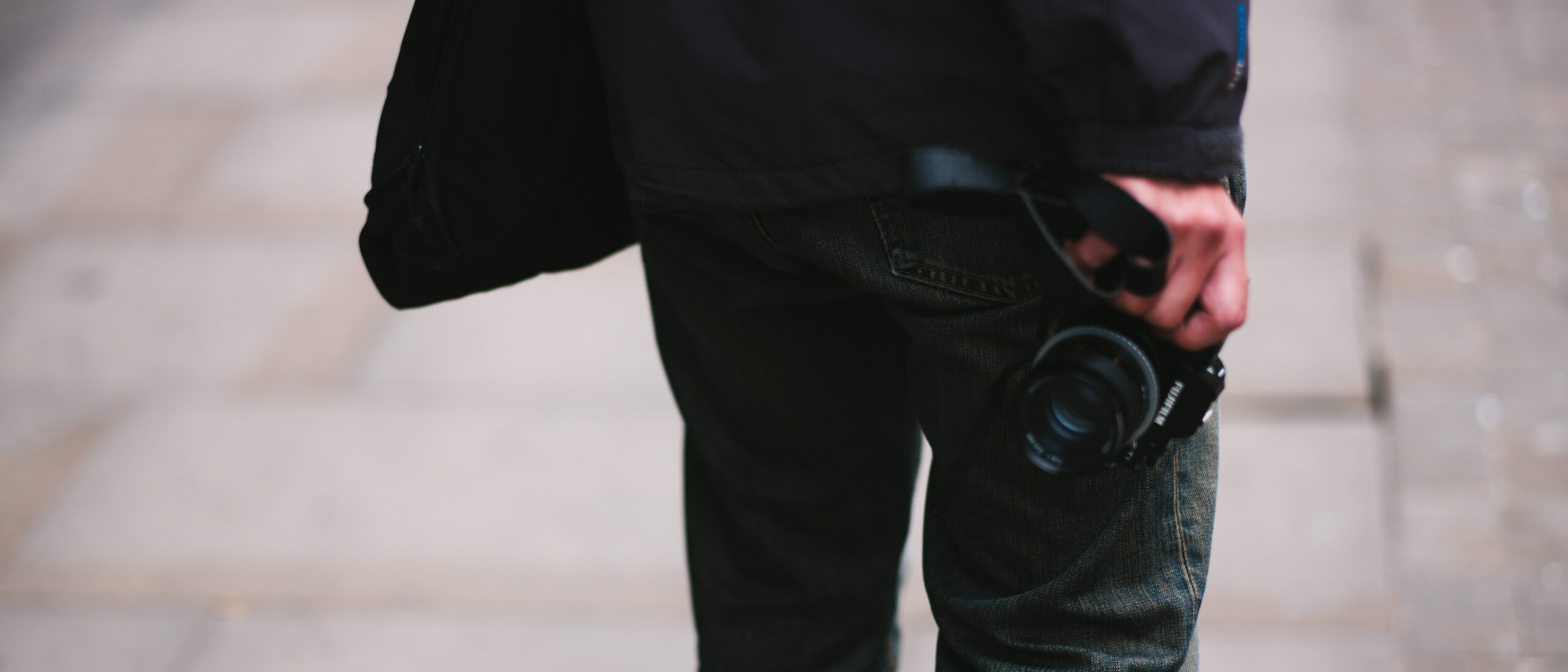
This year was the first time I’d heard of this project, but I decided to sign on and join with the other London photographers in walking the city from 00:00 to 23:59 on the 7th of April. I thought I’d do a quick write up to talk about what gear I used, and what my approach was to taking on such a strenuous photographic endeavour. The difficulty in the 24 Hour Project is not just the length of time you have to stay awake (which if you find it difficult to sleep during the day like me can be up to around 40 hours) but also the amount of walking from place to place, whilst carrying your camera and bag, whilst searching for compositions, and whilst maintaining conversation with the other photographers.
https://www.instagram.com/p/BheDiS2F6Wv/
My go-to day-to-day photography kit is currently my Leica M10 with one lens fixed and two in my bag – usually 90mm which I’ve found is my most used focal length, then 50 and 21 in stow just in case. I often carry a secondary camera, usually one which will provide distinctly different results from the M, like my XPan or Polaroid. For this however I wanted to travel as light as possible, and the XPan and Polaroid are not light machines.
In the end, this is what I carried with me for 24 hours, in a Billingham Hadley Small, around the city of London:
- Leica M10
- Leica CL
- 90mm APO
- 50mm Planar
- 21mm Biogon
- Jupiter-8
- Ansmann Universal Charger
- 20,000mah Power Bank
- Foldable Reflector Dish
- Spare Battery for M10
- Notebook
- Microfibre Cloth
- SD Cards
- 2x rolls of XP2
- Nintendo Switch
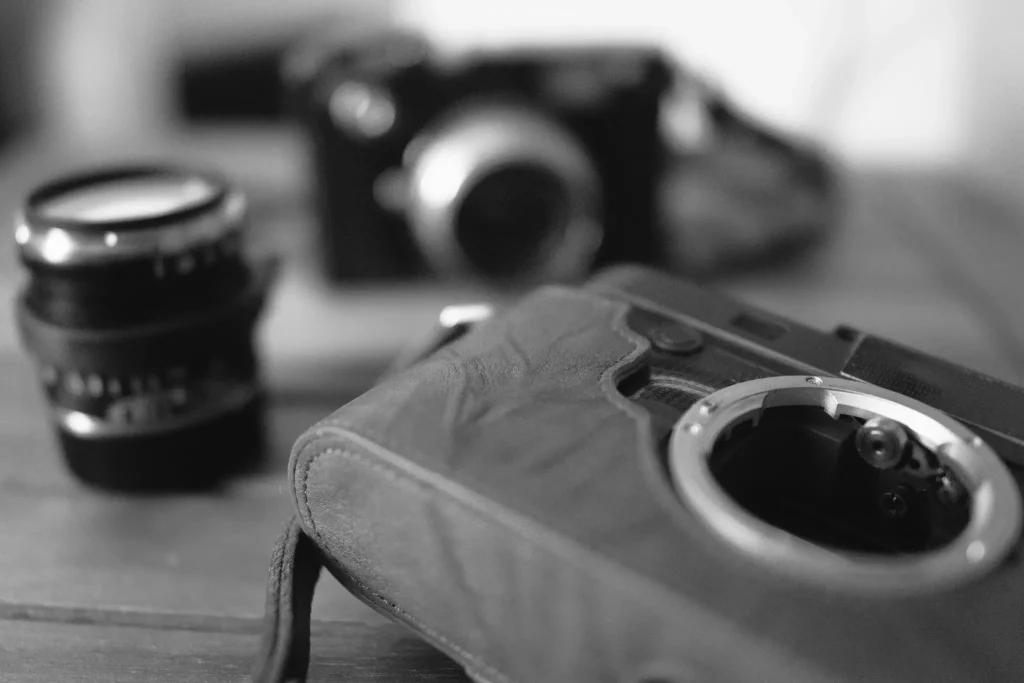
I think that this would be the setup I would take with me if I did the project again, and don’t have too many regrets in terms of compromising things like the weight of it all, or feeling that something was missing. Ideally documentary photography ought to follow the prime directive of not interfering with the scene, so most of the cameras I own follow the guidelines of being discreet and friendly.
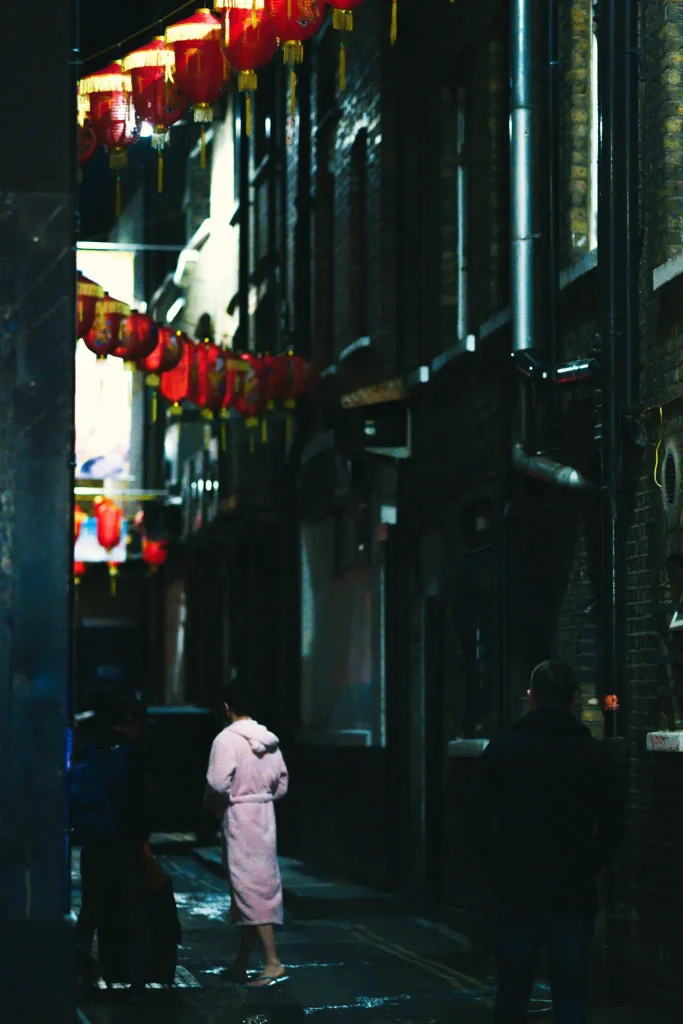
I managed to use the M10 for the full 24 Hours without needing to charge my batteries again using the Ansmann and power bank, but was down to about 15% on the second by the end of it. I took around 800 shots overall, and used the rangefinder exclusively as opposed to live-view. The CL doesn’t require batteries to operate, only for the meter, and I prefer to meter by eye, so it was a good back-up/B camera to use without worrying about when/if it would die. I haven’t yet had my film developed, but if there are any half-decent images from that then I’ll either edit this article, or write a quick follow up.
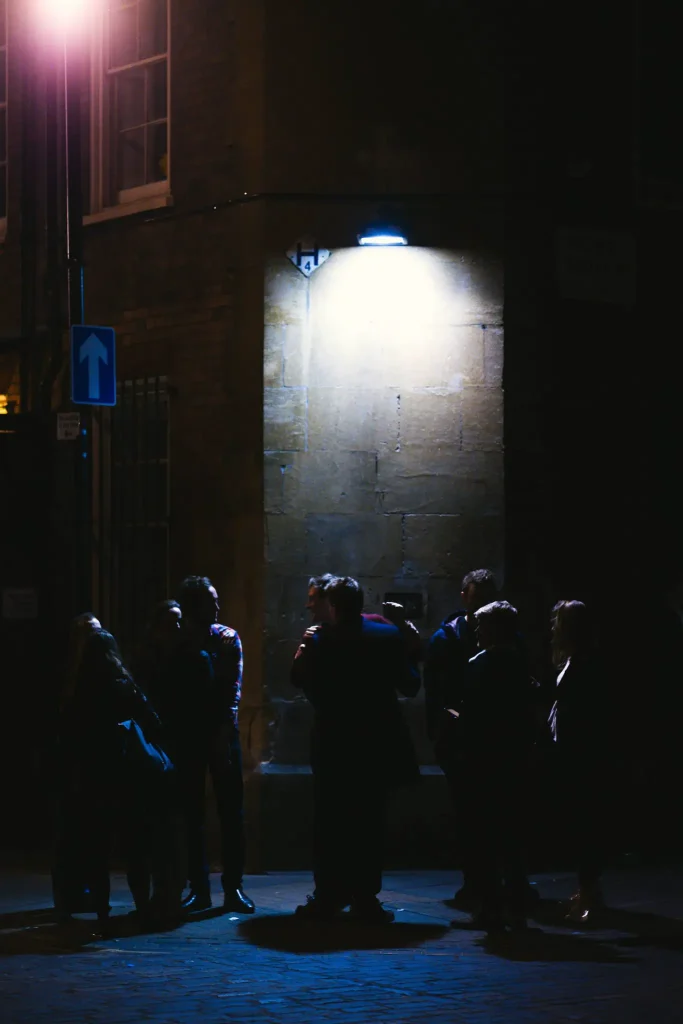
I was almost surprised when I reviewed my images and realised that they weren’t all that bad. I think my initial belief was that if you try and force yourself to be creative over a certain amount of time the results will be uninspiring. However that is balanced by the fact that if you actually leave the house and spend time out and about it increases your chances dramatically of getting some keepers.
We started the night in Soho, and wondered through London until the very early hours when people took a train over to the Billingsgate Fish Market. I broke away at this point to go to Angel, my local neighbourhood, and to get some images of the market stalls there instead – I needed some space away from the overly-social photographers (not their fault!) and also wanted some images that were a bit different.
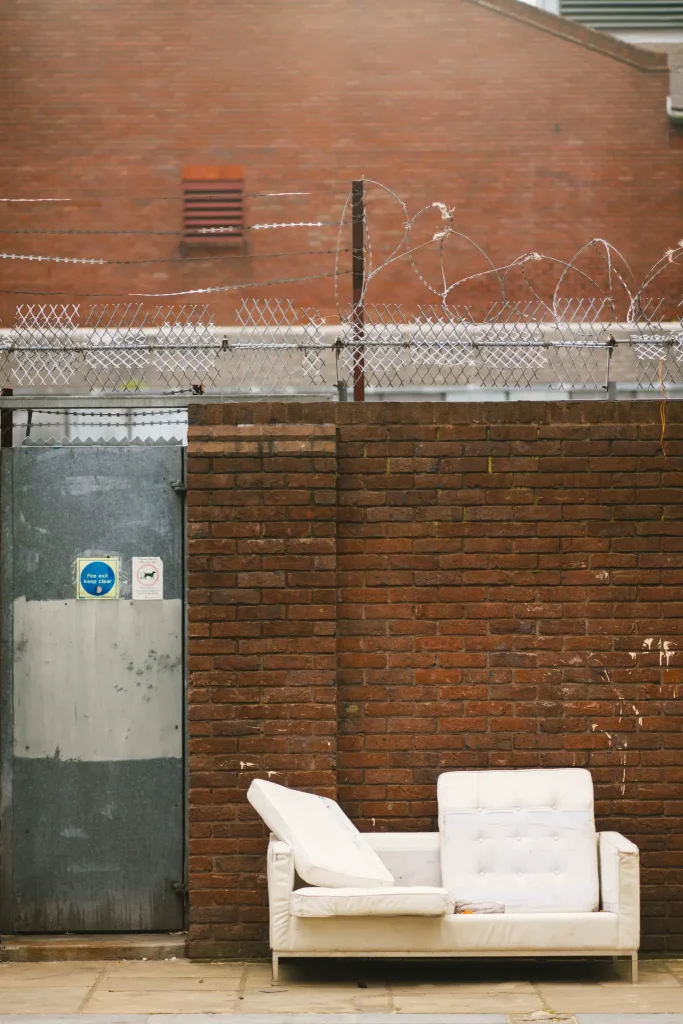
After breakfast I went to Shoreditch to meet up with the others. There was a great sense of freedom throughout the event, as photographers broke away from the main group, only to rejoin later. Friendships were formed, and there was a tangible sense of team-spirit, as we were all in the same boat more or less as time went on. It was interesting seeing other photographer’s approaches to different scenarios – especially when it came to photographing the “same thing.”
For example, during the afternoon, a few of us attended a pillow fight in Shoreditch as it was actually International Pillow Fight Day on the 7th. Some chose to keep themselves and their gear “safe” by keeping their distance and shooting with long lenses. I preferred to go right into the action and zone focus with my 21mm where I snapped these two photographs which I quite like.

Compared to a few others you can tell that even though we captured the same moment they were taken in such different ways that they are not the “same photograph.”I think that’s just a testament to how no two photographers will ever produce something identical unless that was the exercise in the first place.
The pillow fight was the only time I used my 21mm. I never switched to 50 at any point during the day, and used 90mm more or less exclusively (as I’ve been doing recently for some time now, it feels like the most natural focal length for me) for all of my compositions. I used the Jupiter-8 on the CL, but because I haven’t had these developed yet they don’t really exist to me yet. I find that 50 works for me for environmental portraiture, and I didn’t do much of that at all during this project. I still don’t regret having it with me, as I prefer to have the option in the first place, and it isn’t a weighty lens.
The fight was probably the most specifically exciting thing to happen and it was difficult to drag myself away from it. I didn’t really capture anything inspiring after that, but that doesn’t mean that my more mundane shots were uninteresting. Whether people are aggressively feathering your camera or just dancing in the street at 1am it is all part of the same story.
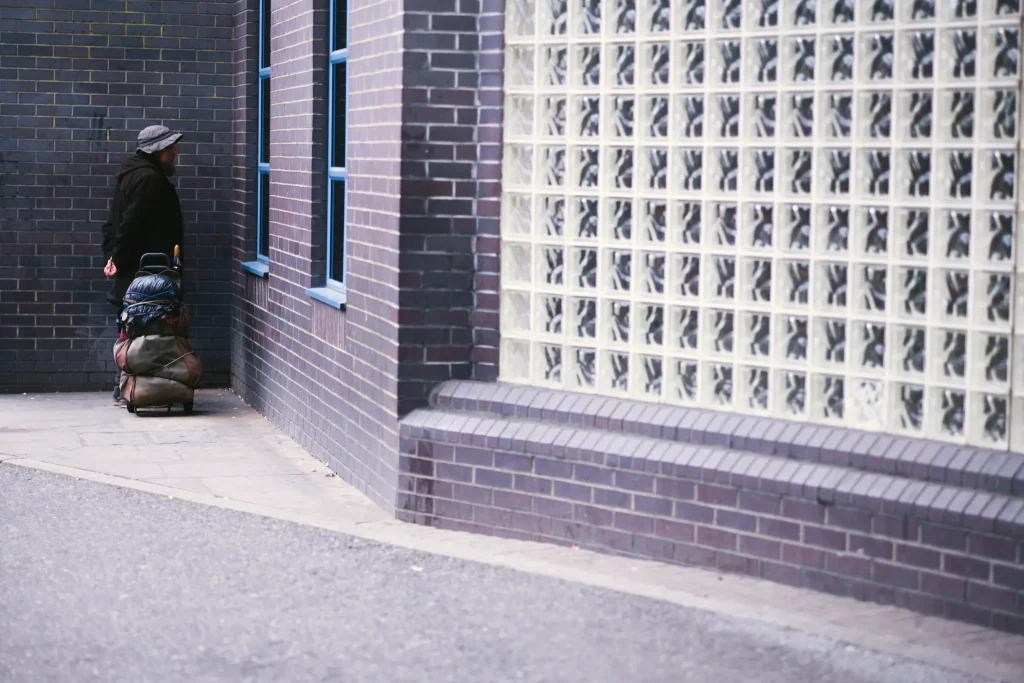
Although I was exhausted by the end of the day it was definitely a lot of fun, and I really enjoyed feeling like I was “part of something” knowing that while I was photographing the streets of London that all around the world other places were being just as rigorously examined by artists and photographers – my peers.
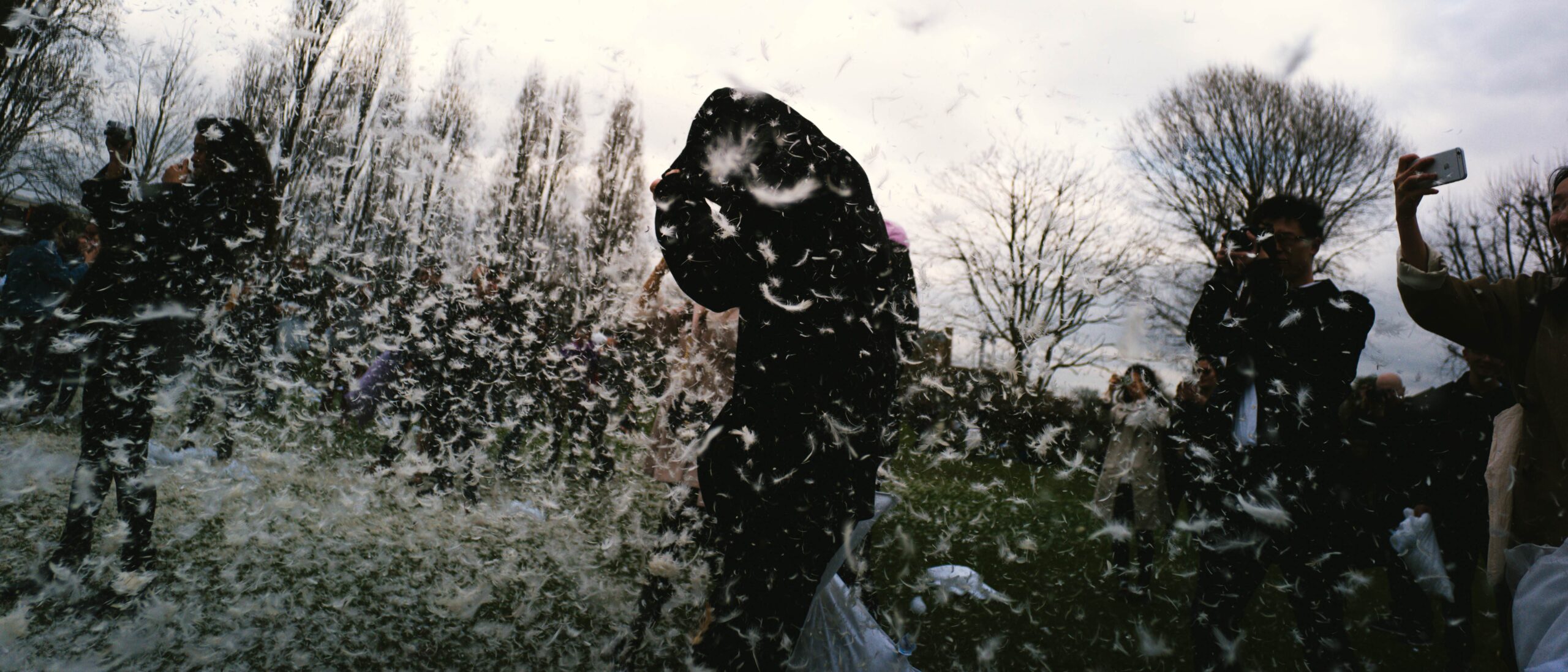
Thanks for taking the time to read this! I hope you enjoyed it enough to check out Shakti Vahini, the cause this event supported this year. I also hope that enough of you are motivated to sign on to the 2019 event, providing even more coverage and perspectives for this worldwide endeavour.
You can follow more of my work on my instagram, and also see a selection of a few more images from this event over on my personal blog.
Share this post:
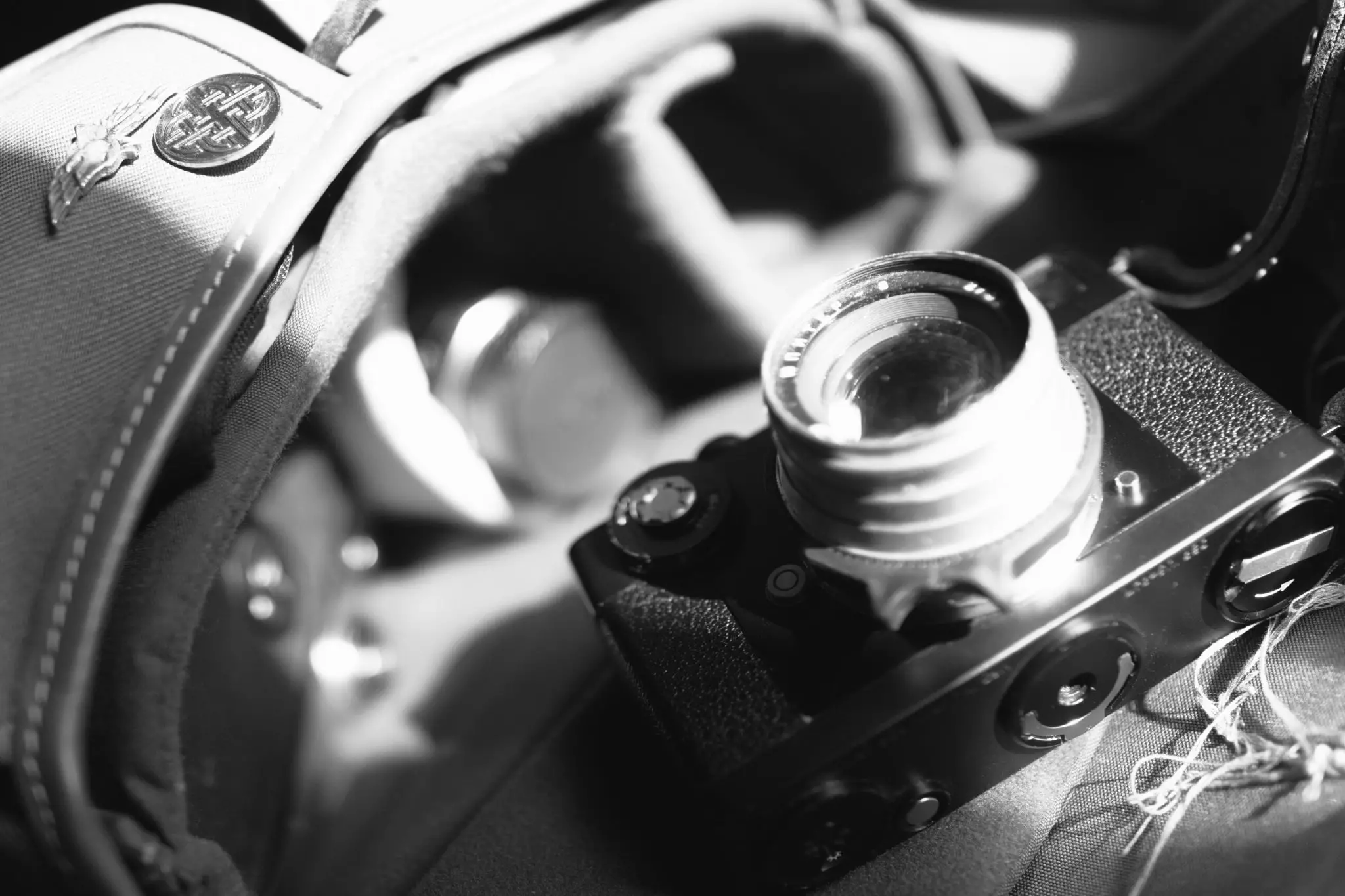








Comments
No comments found